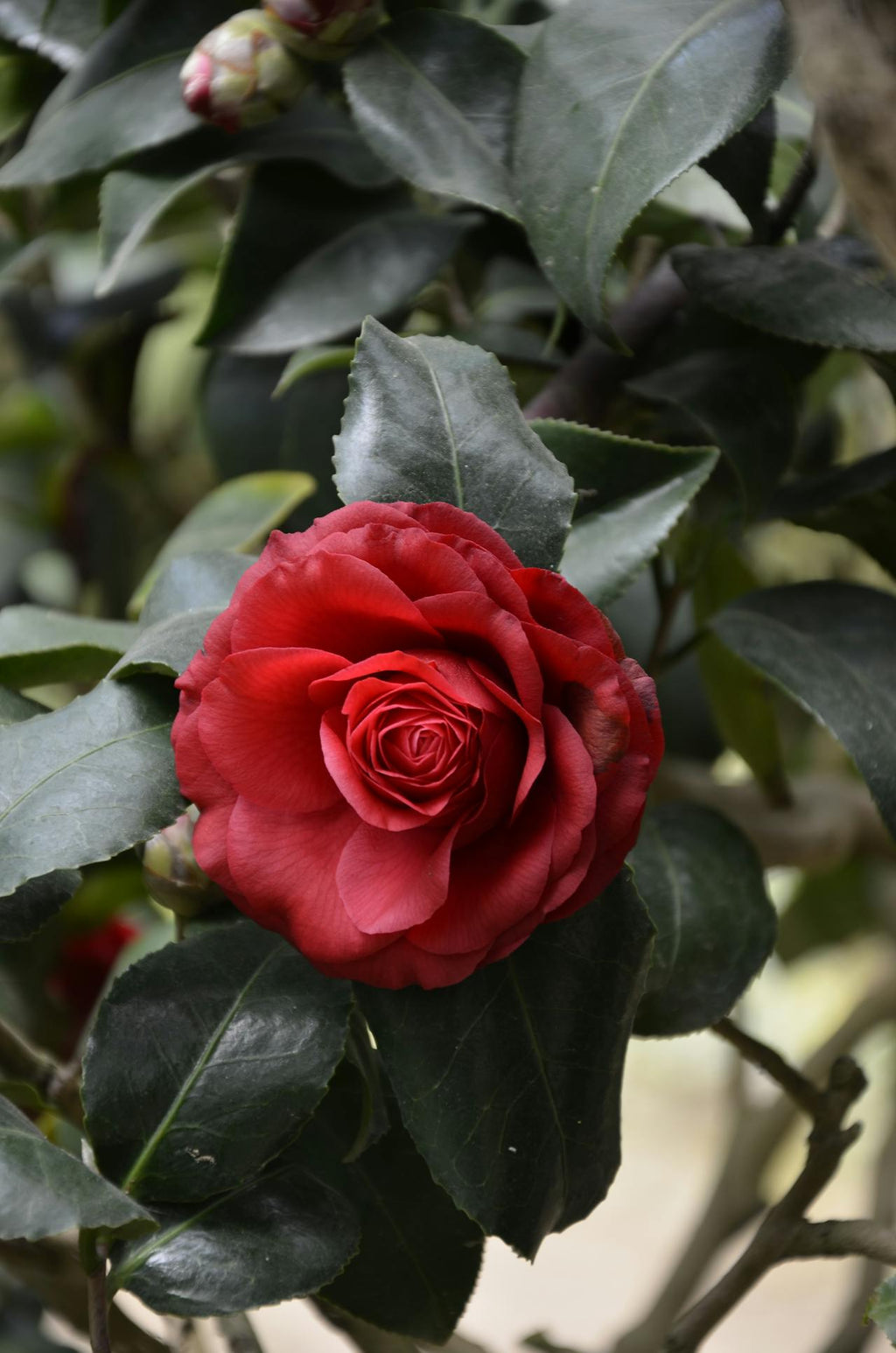Rose essential oil is one of the most prized and luxurious oils in the world, cherished for its captivating fragrance and therapeutic properties. Extracted from different rose varieties, each type of rose oil offers unique characteristics, scents, and benefits. This Hong Kong florist guide explores the key types of rose essential oils, their extraction methods, uses, and benefits.
1. Rose Varieties for Essential Oils
-
Rosa damascena (Damask Rose)
- Origin: Native to the Middle East, particularly Turkey and Bulgaria.
- Aroma: Rich, deep, and sweet floral fragrance.
-
Key Features:
- Known as the "queen of roses" in perfumery.
- High oil yield and strong therapeutic properties.
- Most commonly used for essential oil production.
-
Rosa centifolia (Cabbage Rose)
- Origin: Grown mainly in Morocco, France, and Egypt.
- Aroma: Lighter, more honey-like, with a fresh floral scent.
-
Key Features:
- Often used in French perfumery.
- Extracted for its gentle, uplifting aroma.
-
Rosa gallica (French Rose)
- Origin: Europe, especially in Mediterranean climates.
- Aroma: Delicate, slightly spicy floral notes.
-
Key Features:
- Valued for its historical use in herbal medicine.
- Sometimes used in aromatherapy for emotional healing.
-
Rosa rugosa (Japanese Rose)
- Origin: Native to East Asia, especially Japan and China.
- Aroma: Crisp, slightly citrusy floral scent.
-
Key Features:
- Contains a high concentration of aromatic compounds.
- Used for its calming and skin-soothing properties.
-
Rosa moschata (Musk Rose)
- Origin: Found in the Himalayan region and parts of Europe.
- Aroma: Subtle, musky floral fragrance.
-
Key Features:
- Often used in skincare products for its regenerative properties.
- A rich source of rosehip oil, known for its vitamin content.
2. Methods of Extracting Rose Essential Oil
-
Steam Distillation
- Process: Rose petals are exposed to steam, releasing aromatic compounds, which are then condensed into rose oil.
- Yield: Produces pure, concentrated rose essential oil.
- Common for: Damask Rose (Rosa damascena).
-
Solvent Extraction
- Process: Rose petals are treated with a solvent to create a "concrete," which is further refined to produce "absolute" rose oil.
- Yield: Creates rose absolute, often used in perfumery.
- Common for: Cabbage Rose (Rosa centifolia).
-
CO₂ Extraction
- Process: Liquid CO₂ is used to extract rose oil, preserving more delicate aromatic compounds.
- Yield: High-quality oil with a broader spectrum of fragrance notes.
- Common for: High-end rose oils.
3. Benefits of Rose Essential Oils
-
Skincare
- Hydrates and nourishes the skin.
- Reduces redness, inflammation, and signs of aging.
- Promotes wound healing and scar fading.
-
Emotional Well-Being
- Eases stress, anxiety, and depression.
- Enhances feelings of love and connection.
- Uplifts mood and fosters relaxation.
-
Aromatherapy
- Balances hormones, especially in women.
- Alleviates headaches and migraines.
- Improves focus and mental clarity.
-
Medicinal Properties
- Antibacterial and antifungal effects.
- Soothes menstrual discomfort.
- Boosts circulation and heart health.
4. Uses of Rose Essential Oils
-
In Diffusers
- Add a few drops to a diffuser to fill the space with calming and romantic aromas.
-
In Skincare Products
- Mix with carrier oils (e.g., jojoba or almond oil) for facial serums or massage blends.
-
In Perfumes
- Use as a base note in custom perfume blends.
-
In Baths
- Add a few drops to warm bathwater for relaxation and hydration.
-
For Emotional Healing
- Apply diluted oil to pulse points or use in inhalers for emotional balance.
5. Comparing Rose Oil Types
| Rose Variety | Aroma | Primary Use | Common Extraction |
|---|---|---|---|
| Rosa damascena | Deep, rich, sweet | Aromatherapy, perfumery | Steam Distillation |
| Rosa centifolia | Light, honey-like | Perfumery, mood-lifting | Solvent Extraction |
| Rosa gallica | Spicy, floral | Medicinal, aromatherapy | Steam Distillation |
| Rosa rugosa | Crisp, citrusy | Skincare, relaxation | CO₂ Extraction |
| Rosa moschata | Musky, subtle floral | Skin regeneration, perfumery | Cold Press (rosehip) |
6. Tips for Using Rose Essential Oils
-
Dilution
- Rose essential oil is highly concentrated. Dilute it with a carrier oil before applying to skin.
- Typical ratio: 3–5 drops of rose oil per 10 mL of carrier oil.
-
Storage
- Keep in a dark, cool place in an amber or blue glass bottle to maintain potency.
-
Patch Testing
- Perform a patch test on a small area of skin to check for allergies or sensitivities.
-
Blending
- Rose oil pairs well with lavender, geranium, sandalwood, or citrus oils for synergistic effects.
7. Purchasing and Authenticity
-
Purity
- Look for oils labeled "100% pure essential oil" or "rose absolute." Avoid synthetic fragrances.
-
Source
- Buy from reputable sellers who provide details about the rose variety, origin, and extraction method.
-
Price
- True rose essential oil is expensive due to the high number of petals required (around 10,000 roses per 5 mL of oil). Low-cost oils are likely diluted or synthetic.
Rose essential oil, whether from Damask, Cabbage, or Musk roses, is a timeless addition to your aromatherapy and skincare collection. Its versatile uses and unparalleled fragrance make it a worthwhile investment for both beauty and emotional well-being.



